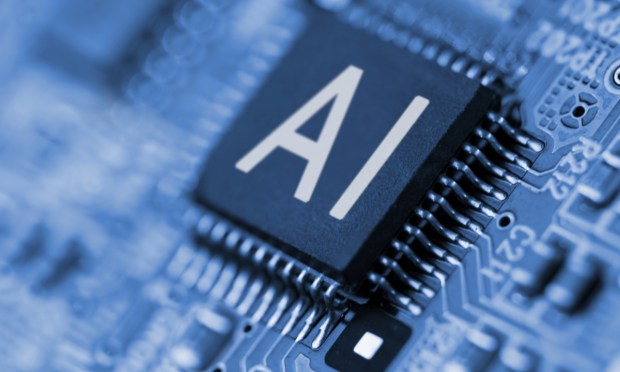Specific Applications of Gen AI Are Winning Play for Enterprises

When people think of superintelligence, they often think of chess grandmasters or physics experts.
If they read enough science fiction, they also think of artificial intelligence (AI).
Nearly 30 years ago, in 1997, the two collided to great fanfare when an IBM computer model called Deep Blue defeated Gary Kasparov, the world chess champion.
Today, chess software powered by AI wins easily even against the best human chess players. The highest-ranked chess software, Stockfish, has an Elo rating hundreds of points higher than Magnus Carlsen, the highest-rated player alive today — and the highest rated throughout the Elo system’s history.
But chess programs haven’t gained the ability to beat even the most intelligent human chess grandmasters by mastering abstract concepts and strategies, or by working from a foundation of general reasoning ability and broader contextual knowledge.
That’s how humans think, not how machines operate.
It turned out to be perfectly possible to build a chess engine capable of beating the world’s best players just by creating a special-purpose algorithm trained on chess’s simple, deterministic rules.
And while AI’s self-aware and superintelligent moonshots are in the news, as the innovation’s proponents look to hype up its capabilities, the best applications of AI for businesses are those most analogous to AI chess programs.
They are increasingly narrow and domain-specific, and they have evolved to consistently win.
Read also: Enterprise AI’s Biggest Benefits Take Firms Down a Two-Way Street
Leveraging AI to Enhance Value
The generative AI industry is expected to grow to $1.3 trillion by 2032. But rather than one single, all-knowing super-AI that is better at everything humans can do, the marketplace growth is likely to be driven and accelerated by a variety of different AIs with different strengths, each fine-tuned for diverse applications.
Industry pioneer OpenAI is betting on both sides, reportedly seeking funding to develop an all-powerful artificial general intelligence (AGI) model that can surpass the limits of human consciousness, as well as launching a store for what it refers to as “GPTs,” or custom AI chatbots designed for specific tasks.
The future of the AI ecosystem will most likely represent a pluralistic and competitive economy. One that’s not too different from the one we have now.
That’s why enterprises need to experiment with specific use cases of the technology, rather than sprawling catch-all codes.
Change doesn’t need to happen all at once. PYMNTS reported earlier this month that tailoring AI solutions by industry is key to scalability.
For example, PYMNTS Intelligence found that 72% of lawyers doubt the legal industry is ready for AI, while just 1 in 5 believe that the advantages of using AI surpass the disadvantages.
At the same time, nearly two-thirds of Americans want an AI copilot to help them do things like book travel — and travel companies are already leaning into the technology’s applications in their industry.
PYMNTS Intelligence also revealed that members of Generation Z display the highest interest in areas like AI-enabled shopping (60%) and AI-enabled banking services (53%).
See also: 10 Insiders on Generative AI’s Impact Across the Enterprise
Choosing Super Specificity Over Superintelligence
The value of AI models lies in their speed and the scale at which they can operate, as well as their ability to remove mundane and repetitive tasks from human workflows — meaning that processes where mundane and repetitive tasks have traditionally created bottlenecks are among the ripest areas for firms to see benefits by integrating AI solutions.
And there are many such areas within the payments ecosystem.
“Removing the manual element from having to process hundreds, thousands, tens of thousands of payments — having to manually post and reconcile these actions — that’s the area that needs a lot of focus [on innovation] because unless you can remove that manual process and the HR associated with it, you’re not going to get the type of adoption for digital payments that both buyers and suppliers want and need,” Dean M. Leavitt, founder and CEO of Boost Payment Solutions, told PYMNTS in October.
Another area where AI can be applied right now is in fraud prevention and detection.
“Everything is becoming digitized — and everything’s faster,” Jeff Hallenbeck, head of financial partnerships at Forter, told PYMNTS in October. “The attack vectors are more complex. The days of merchants being able to fight all this with teams of humans … are gone. They just cannot do it anymore.”
Echoing and emphasizing that sentiment, Paul Fabara, chief risk officer at Visa, told PYMNTS in October: “In many ways, this is going to become a war of AI, as to who has the strongest data sets to be able to feed those models and ultimately be able to create better protection.”
Protecting payments while making them more seamless and automated will have vast trickle-down effects on the broader ecosystem.

